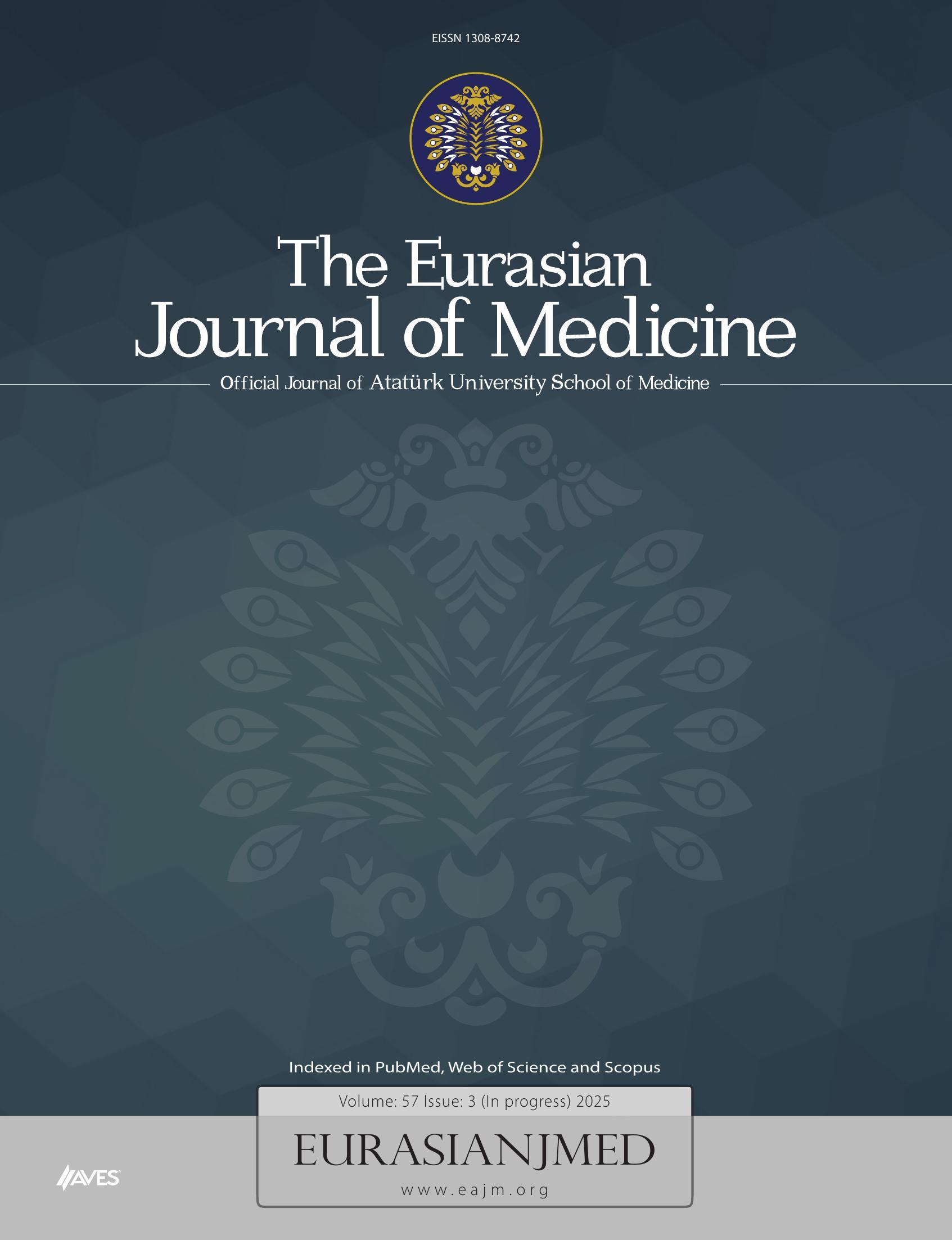Abstract
Objective: In the present study, we aimed to evaluate the morphological and functional characteristics in symptomatic and asymptomatic smokers in comparison to nonsmokers in order to gain better understanding of the pathogenesis and early diagnosis of Chronic Obstructive Pulmonary Disease (COPD).
Materials and Methods: A Randomized, double-blind, placebo -controlled, parallel-group trial vas performed. Patients and interventions: A total of 50 male patients (40 smokers and 10 non-smokers) who completed a questionnaire, between the ages of 18-60 (mean age 32), were included the study. Of the smokers, 23 were symptomatic, and 17 were asymptomatic. High-resolution computerized tomography (HRCT) and pulmonary function tests (PFTs) were performed in all cases.
Results: In the evaluation of all smokers, a comparison of the PFTs and morphological changes revealed a significant correlation between all morphological parameters and ΔN2/l. Although a relationship was found between the smoking score and the closing volume (CV), ΔN2/l and anatomic dead space (ADS) in all cases, the smoking score was significantly correlated with only the CV in symptomatic cases and with only the ADS in asymptomatic cases. There was a positive correlation between the emphysema parameters on HRCT and smoking, but no correlation was found between the parameters and the pulmonary function tests.
Conclusion: The relationship between morphology and function is better, although different, in the asymptomatic period of lung injury caused by smoking compared with the symptomatic period, and the relationship is increasingly weakened in the further stages of the disease.

.png)


.png)
.png)